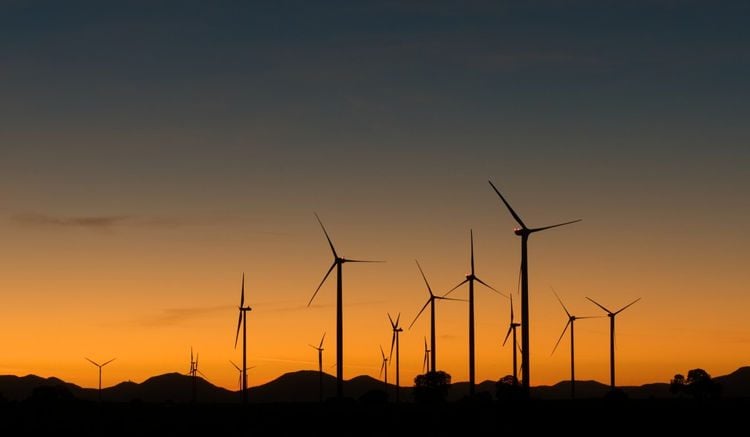In recent years, cattle farmers in France’s Brittany region have lost hundreds of cows to deaths that veterinarians simply cannot explain. After running various tests on their land, some now claim that the solar panels and wind turbines in the area are releasing too much electricity into the ground, which is slowly killing their animals.
Although mysterious cattle deaths have been reported in various parts of Brittany, the situation is particularly dire in Cote-d’Amour, where several farmers have sustained hundreds of losses in mysterious conditions. According to local farmer Patrick Le Nechet, his cattle just started losing weight a few years back and many of them ultimately died. The strange thing was that the animals didn’t seem to be suffering from any diseases and the veterinarians couldn’t explain the cause of death. After conducting his own investigation, Le Nechet concluded that the mysterious deaths started occurring around the time that a photovoltaic installation appeared in the area.

Photo: Couleur/Pixabay
“The cows started losing weight, and we’ve lost 120 of them in the last five years,” Le Nechet told Europe1. “It can not be explained, not even veterinarians know what to do.”
After beginning to suspect that the solar panels near his farm may be to blame for the mysterious deaths of his cattle, Patrick Le Nechet conducted tests on his land and found that there were electrical currents of over one volt both in the ground and in the water, three times the accepted threshold for animals.
“There is a direct electrical current going into the earth,” the desperate farmer said. “Watching all the animals die, it’s unbearable.”
Stéphane Le Brechec, another cattle farmer from Allineuc, 30 kilometers Cote-d’Amour, has lost even more cows in mysterious conditions. He started suspecting something was wrong after 37 of his cows died in six months. Today, the death count is over 200 and he is extremely worried.

Photo: distel2610/Pixabay
“I’m panicking. So far, I’ve invested 500,000 euros, I can not pay my bills, the situation is dramatic,” Le Brechec complained, adding that he has identified at least 17 probable culprits for the unexplained deaths, including wind turbines, antennas and transformers.
At this point, French cattle farmers are merely speculating, because there is no irrefutable proof that the electrical current from sustainable energy installations is killing the cows. However, the negative effect electricity has on cattle is well documented. Two years ago, another French farmer from Val de Saône, in Rhône, reported problems related to the electrical current from a nearby industrial area. He claimed that the electrical current sent into the ground by large transformers influenced the health and behavior of his cows.
“When there are power spikes, some cows gather in one corner, others start to limp, calves that felt good the day before, die,” the farmer told Le Progres, adding that many of his cows were also losing weight and producing considerably less milk.
Thibaut Bouchut, Building Advisor of the Sanitary Defense Group, confirmed that electricity can indeed cause problems for cattle farmers.
“The human body has an electrical resistance of 1,500 Ohms, while the cows, only 500 Ohms, not to mention that they are not separated from the ground by rubber soles,” Bouchut said. “Breeders are not always aware of electrical disturbances, and sometime the seemingly-unexplained problems they face discourage them, even if they are competent. Farms close down because of that.”








